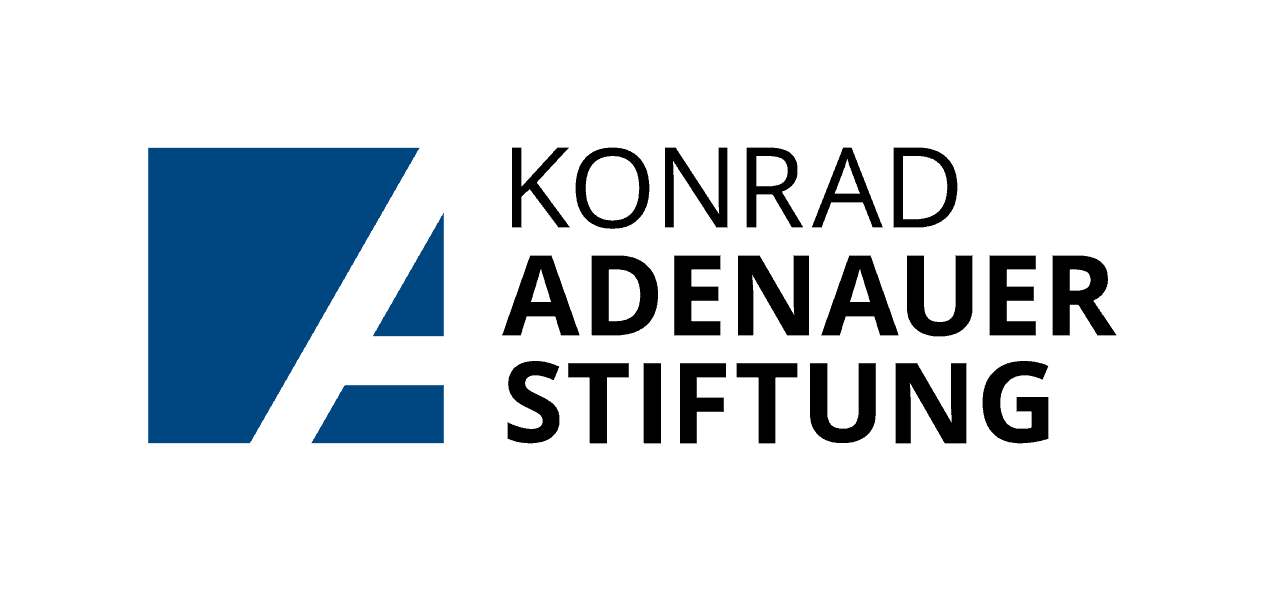Being prepared and flexible is a must at all interviews. But interviewing for an investigative feature demands different things that may affect the way you conduct your interview. The nature of the work means it is more likely for you to encounter hostility, defensiveness, reticence or evasion from your sources. Here are some aspects of the investigative interview you may wish to consider.
Appropriate timing
When should you confront the main characters in your investigation? Too soon, and you tip them off them to escape, seek an injunction, or hide the evidence before you can publish your story. Too late, and they may already have fled, or developed pet answers or armed themselves with legal tools to evade deeper probes. As a rule of thumb, you should garner as much evidence, such as documentary support or confirmation from several independent sources, as you can before you approach these main characters. At the very least, you would have facts on which you can build your story on.
Vulnerability
Even if your story is not fully complete or correct, you may still be on to something. In these situations, your requests for comment will alert the powerful people or institutions that you are investigating them, which they may interpret as trouble. They may respond in all kinds of ways. A simple denial is the easiest to deal with — keep digging. Just as likely are threats — direct physical or legal threats or more subtle forms of intimidation through third parties (often your editor or publisher), and pre-publication lawsuits. The word ‘defamation’ will be central in these exercises, yet actual defamation suits often do not manifest.
Discretion
Investigative reporting aims to uncover what is not known. This may be the result of deliberate lies or deliberate omission. Take for example the cabinet minister who lied to parliament or the society that chooses not to discuss the trafficking of young, poor girls in its midst. The discoveries are always likely to be startling, if not shocking. This means tasks, like setting up your interview, may need to be handled sensitively. If you reveal from the outset what you are seeking in an interview, sources may refuse to speak with you. If you choose a public venue to conduct an interview, you may put your source in danger.
Strategising interviews
There are three possible strategies for an interview. In an informal or straightforward fact-finding interview, questions throughout your discussion stay at a modest level of difficulty. They do not become more important, sensitive, or difficult to answer as the interview progresses. In interviews for a personality profile, questions begin with quite a narrow focus on the individual. Where did they go to school? Whom did they marry, and why? How do they begin writing their poems? These are sometimes closed questions, filling in important facts about the subject’s life. But your readers are also interested in the subject’s views. So the interview will become broader as it progresses: What do they think of the state of the modern novel? Do they believe in literary prizes and what do they think of this year’s crop of nominees? Like a trumpet, this type of interview questioning starts narrow and becomes wider, asking more open questions as the interview progresses.
An investigative interview often follows the opposite strategy. It starts with the big, general issues, (e.g., “What is the process for awarding government tenders?”, “Is the process satisfactory?”, “How does government monitor it?”) And, as the interview goes on, they become more detailed and focused. The hardest questions in an investigative interview are often closed or even leading: “Did you ignore tender processes in the case of this particular contract? Why?” You ask these questions at the end because this is the point where a source may shut down and refuse to answer further questions. The interview is structured like a funnel – it starts broad and ends narrow.

